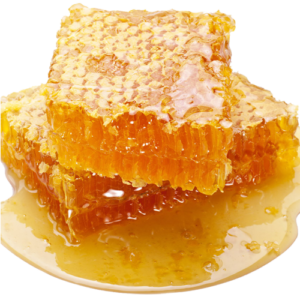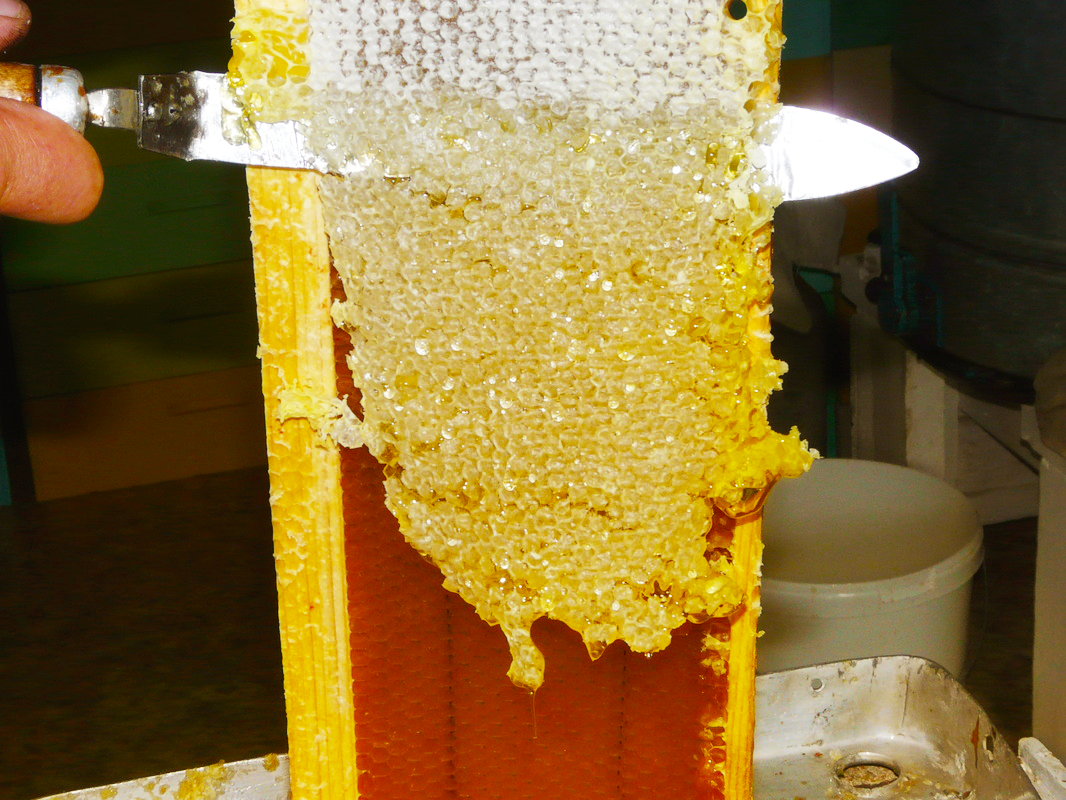Goldenrod honey is an unusual and very useful variety collected from a valuable medicinal plant. It is usually dark yellow or light brown, heavy and very thick. Unripe, freshly harvested goldenrod honey is slightly bitter and has a not very pleasant aroma, but as it ripens, it loses its bitter taste and acquires a remarkably pleasant smell.
Crystallization of goldenrod honey occurs very quickly: it is able to keep its liquid form for about a month. After that, it forms a dense mass of light brown color. The late (autumn) flowering of this honey plant makes it an excellent product for bees who actively collect nectar from these flowers. But beekeepers who have access to large areas of goldenrod harvest this honey and do not leave it to bee families for the winter due to rapid crystallization. But the wonderful healing properties of goldenrod honey make it extremely valuable for humans.
Goldenrod honey absorbed all the healing qualities of the plant itself, which is widely used in traditional and folk medicine, and, in addition, when processed by bees, it was enriched with enzymes. It is recognized as a very effective medicine that helps to cure various inflammatory processes in the bladder and kidneys. Goldenrod honey helps fight painful urination and other urological problems. It is also recognized as an effective treatment for liver diseases and in the treatment of various metabolic disorders.
Useful properties of goldenrod honey are used for skin diseases: honey solutions, compresses and ointments promote the healing of wounds and ulcers, irritations and eczema. The use of goldenrod honey has a beneficial effect on the entire body: its excellent general strengthening effect, stimulating effect on the immune system and calming effect on the nervous system are known. Be sure to store it in a dry and dark place in order to preserve all its precious health properties.











